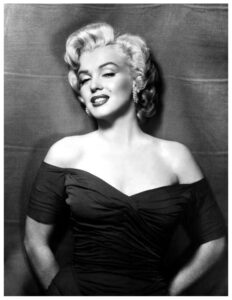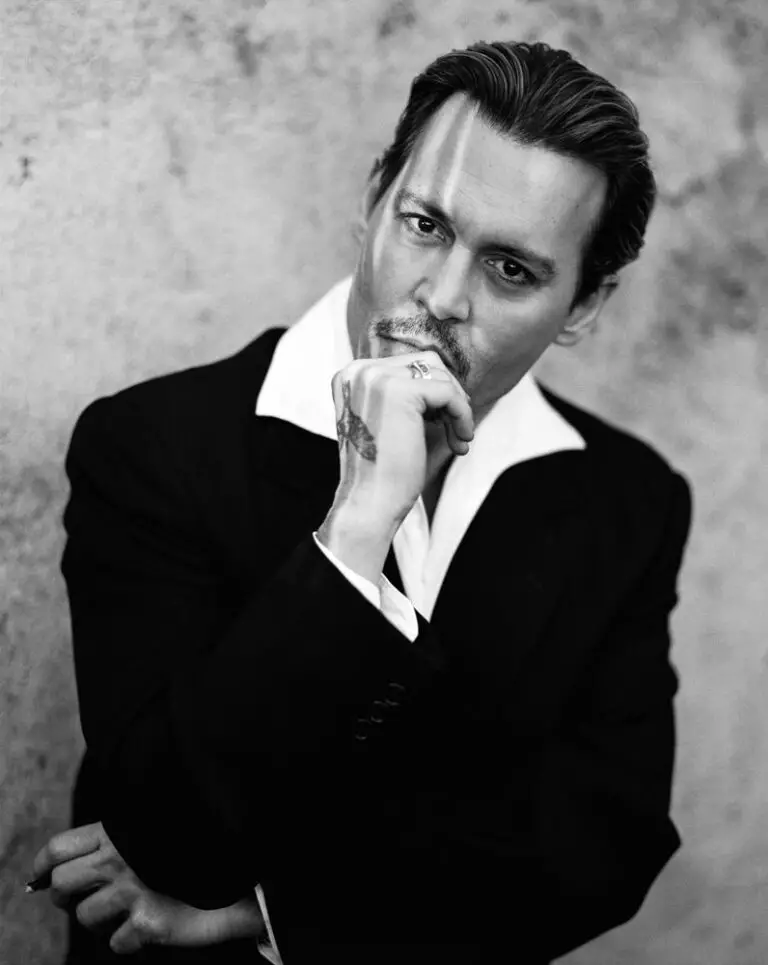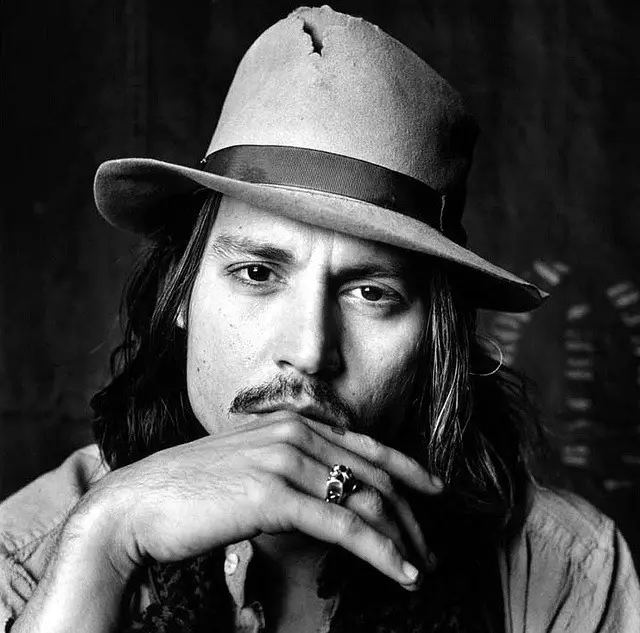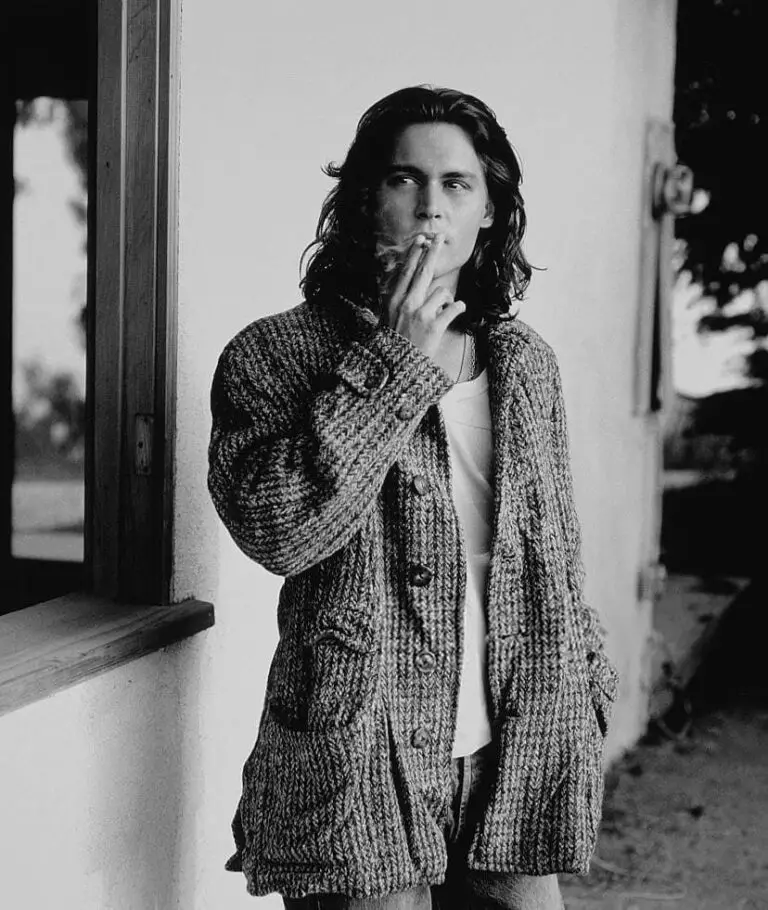Marilyn Monroe’s life story reads like a classic American drama, woven with ambition, fame, and tragedy. You might know her as the blonde bombshell with the seductive smile, but her journey began as Norma Jeane Mortenson on June 1, 1926, in Los Angeles. Her transformation from a troubled childhood into a Hollywood star is both inspiring and heart-wrenching.

Indeed, Monroe became much more than a movie icon. She was a complex, intelligent woman who battled personal demons and industry stereotypes. Beyond the glamour and the spotlights, you’ll find her battling for respect and battling her own insecurities. Despite her untimely death, Marilyn Monroe’s legacy endures, reminding us that behind every public figure’s facade, there’s a nuanced human story yearning for understanding.
Early Life
Marilyn Monroe’s beginnings were marked by instability and shifting family dynamics, setting the stage for her later transformation into an iconic figure.
Birth and Family Background

Marilyn Monroe was born as Norma Jeane Mortenson on June 1, 1926, in Los Angeles, California. Her birth certificate lists Martin Edward Mortenson as her father, but they were never actually acquainted, as her mother, Gladys, had filed for divorce before her birth. There’s a bit of mystery shrouding her paternity, with some accounts suggesting that her father might have been Charles Stanley Gifford, a coworker of Gladys. Marilyn’s mother struggled with mental health issues, which led to an unstable childhood for her daughter.
- Birth Name: Norma Jeane Mortenson
- Birth Date: June 1, 1926
- Birth Place: Los Angeles, California, U.S
- Mother: Gladys Pearl Baker
- Father: Uncertain; possibly Martin Edward Mortenson or Charles Stanley Gifford
Childhood and Education
Your understanding of Monroe’s childhood must include the knowledge that she spent much of her early life in foster homes and orphanages, as her mother was frequently hospitalized and unable to care for her. Despite the turmoil, she attended various schools and managed to complete her education up to the high school level. Her later teenage years were marked by a marriage at sixteen to family friend James Dougherty, which was encouraged by her guardians to prevent her from returning to an orphanage.
- Foster Homes and Orphanages: Frequent relocations throughout childhood
- Early Marriage: To James Dougherty at age 16
- Education: Attended Van Nuys High School; did not graduate due to marriage
Discover Marilyn Monroe’s formative years and how they shaped her path to stardom through the snippets of her life detailed in these biographical insights.
Rise to Fame

Marilyn Monroe’s rise to fame was marked by her early success in modeling and her transition to a film career that would eventually turn her into a Hollywood legend. Let’s explore how your journey as the iconic blonde bombshell began with a modeling career before transitioning into those breakthrough roles that made her a household name.
Modeling Career

Starting off as a factory worker, you took a leap into modeling when a photographer noticed you in 1945. By 1946, you had signed a modeling contract and graced the cover of numerous magazines. Your look was so unique and charismatic that it wasn’t long before you caught the eye of Hollywood executives. You were the embodiment of the era’s ideal of beauty, with your vivid and engaging print photographs, eventually leading you directly to the silver screen.
Breakthrough Roles
In 1950, you finally made a splash in Hollywood with minor roles in The Asphalt Jungle and All About Eve. These parts, albeit small, showcased your talent and undeniable screen presence. The year 1952 was particularly pivotal for your career, with roles in Monkey Business and Don’t Bother to Knock, each role casting a spotlight on your versatility as an actress.

However, it was the consecutive hits of Gentlemen Prefer Blondes and How to Marry a Millionaire in 1953 that solidified your status as a bona fide star. Your performances captured the hearts of the public and defined you as the quintessential blonde bombshell of the 1950s.
With your signature blend of innocence and allure, coupled with a comedic flair, you became not just an actress but a symbol of the era’s glamour and sophistication. Those bright, glowing years of the early 1950s saw you rise from a model to a movie star, to an immortal icon who continues to captivate audiences around the world.
Major Works

As you explore the legacy of Marilyn Monroe, you’ll discover that her major works span across film and music, which have left an indelible mark on American culture.
Iconic Film Performances
Some Like It Hot (1959): In this classic comedy, Marilyn shined as Sugar Kane, showcasing her comedic timing alongside Tony Curtis and Jack Lemmon. Her portrayal of the whimsical and captivating character earned the film a spot in cinematic history.

The Seven Year Itch (1955): Marilyn’s role as “The Girl” is renowned, especially for the iconic scene where her white dress billows above a subway grate. This performance distinctly contributed to her status as a sex symbol and as a Hollywood icon.
Singing and Stage Performances
“Diamonds Are a Girl’s Best Friend”: Featured in the film Gentlemen Prefer Blondes (1953), this song and its accompanying performance solidify Monroe as a formidable talent in both acting and singing.

“Happy Birthday, Mr. President”: Marilyn’s sultry singing performance on President John F. Kennedy’s birthday showcased her star power and charm, becoming a memorable moment in her career.

Her contributions to both film and music were significant, ensuring her a place in the annals of entertainment history.
Personal Life

Marilyn Monroe’s personal life was marked by her high-profile marriages and her ongoing battles with personal struggles and health issues. As you delve into her life, you’ll find a complex person behind the glamour.
Marriages and Relationships

Marilyn Monroe was famously married three times. Her first marriage was to James Dougherty when she was just 16 years old. In the glittering world of Hollywood, she found love with the baseball legend Joe DiMaggio; their marriage, however, lasted only nine months. Finally, Monroe married the playwright Arthur Miller in 1956. Each of these relationships was widely publicized and speculated upon, contributing to her enduring legend.

Struggles and Health Issues

Throughout her lifetime, Monroe faced numerous health issues, both physical and mental. She suffered from endometriosis, which affected her reproductive health, and gallbladder issues that led to surgery. Her battles with mental health were well-known, with diagnoses including depression and anxiety. Monroe’s struggles also extended to substance abuse, which played a role in her untimely death.
Legacy

Marilyn Monroe’s influence transcends the era of her stardom. As you explore her legacy, you’ll see how she reshaped celebrity culture and continues to be a significant figure in film and pop culture.
Cultural Impact
Monroe was more than just a Hollywood starlet; she was an icon whose influence rippled through the fabric of mid-20th century America and beyond. Your recognition of her platinum blonde hair and glamorous looks goes beyond mere familiarity—they are etched into the vernacular of American style and beauty. Despite the passage of decades, your appreciation of Monroe’s talent and charisma remains a benchmark for stardom.

Her ability to captivate audiences was matched by her savvy as a businesswoman. She famously founded her own production company, setting a precedent for actresses seeking creative and financial control—a move you can now see emulated by modern female entertainers.
Monroe’s vulnerability and strength have become symbolic of the struggle against the objectification in show business. When you examine narratives around her life, you uncover a conversation about agency and exploitation in an industry not known for its kindness, especially toward women.

While her premature death added to her mystique, it’s your remembrance of Monroe’s contributions to film, fashion, and the dialogue on women’s rights that secure her a permanent place in history. Monroe’s legacy is a complex tapestry of inspiration, cautionary tale, and everlasting fame that speaks to the ongoing conversation about celebrity and femininity in society.
How did Marilyn Monroe changed the world?
Monroe started the wave of women using their sexuality as a tool in films. Monroe characterized the image of “the dumb blonde” and left little to the imagination when toying with the concept of desire in her films. Monroe oozes sexuality and it is so apparent throughout her work and her life
What did Marilyn Monroe always say?
Imperfection is beauty, madness is genius and it’s better to be absolutely ridiculous than absolutely boring. Give a girl the right shoes, and she can conquer the world. We are all of us stars, and we deserve to twinkle.
Was Marilyn soft spoken?
Monroe’s signature breathy speaking voice was actually a tactic the actress used to overcome a childhood stutter. A speech therapist reportedly trained her to adopt the throaty style, and it ended up becoming one of her standout traits as an actress and singer.
What was Marilyn`s cause of death?
Marilyn Monroe`s cause of death might was an overdose of barbiturates.
If you liked our post about “Marilyn Monroes life”, don’t forget to leave us a comment below and share your inspirations of Marilyn with us!






